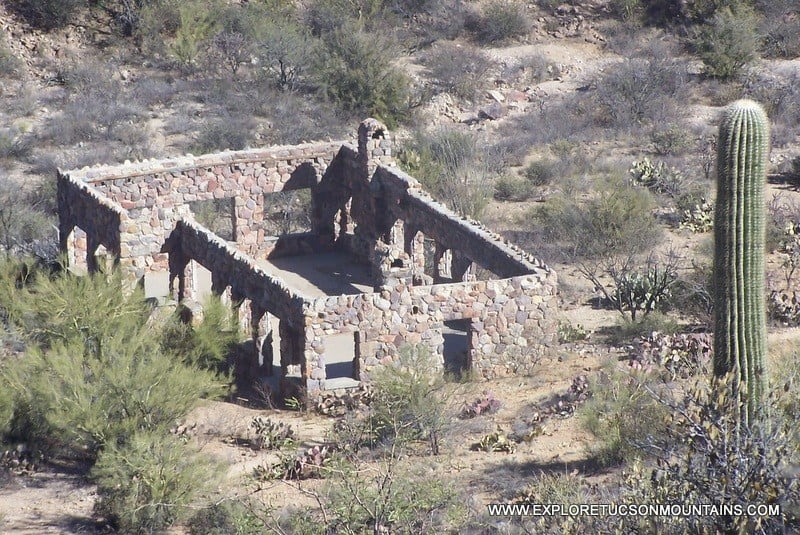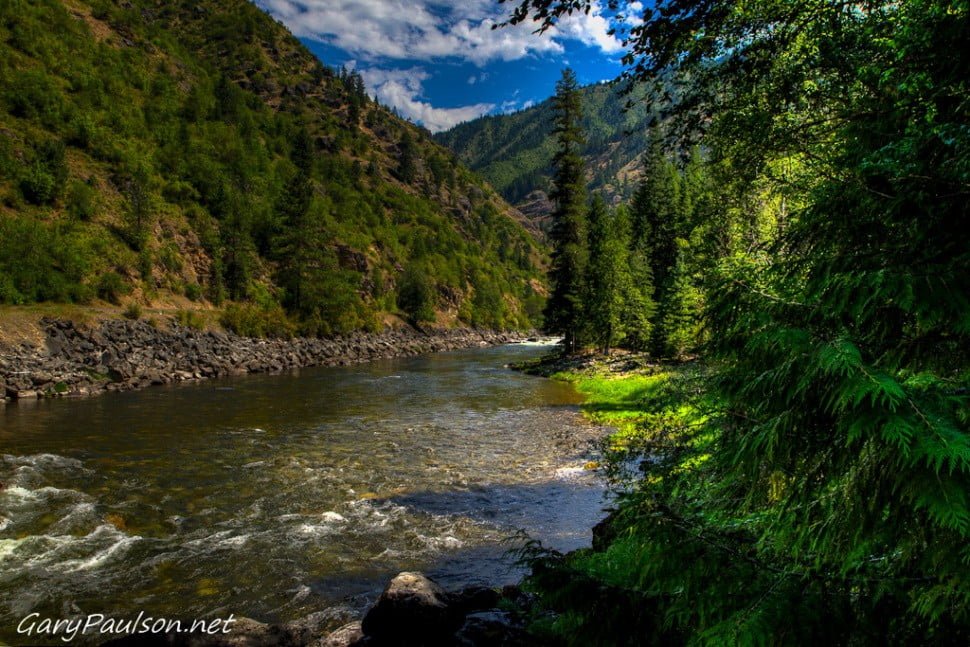
The first I heard of the accident on Mount Hood, outside Portland, Oregon, was on the radio in my car. A climber had fallen 700 feet and six others were stranded.
This was yesterday afternoon, February 13, and when I got home a few minutes later, I found that local news helicopters were on scene and streaming their footage on Facebook live. My girlfriend, Ellie, already had it pulled up on the Chromecast, and the news was quickly spreading on major outlets. Six climbers were trapped by bad ice that was in places so thick and hard that they couldn’t get any purchase with their crampons and axes. Elsewhere it was so crumbly, and the pieces being dislodged so big, that some compared it to a bowling alley. One climber had fallen and would be pronounced dead at the hospital. I sat down and we toggled between live footage of the rescue and hours-old tape of three fellow climbers giving CPR for 90 minutes.
It was horrifying.
Last August, I broke my leg in a canyon and spent 21 hours being rescued from the flanks of the same mountain, by a lot of the same people. I was finally pulled to safety by probably the same Black Hawk helicopter. At one point, while watching yesterday’s feed, I saw a rescuer taking photos and said out loud, “Look, there’s Tim, snapping pics just like he did on my rescue!”
As I and many others watched, I was grateful that I was rescued on a Sunday morning, when there weren’t any news choppers in the air. Technology has made it so that Mount Hood rescue efforts are to Portland what police pursuits are to Los Angeles. In 2002, on live TV, shifting gusts of wind downed an HH-60G Pave Hawk helicopter (essentially an upgraded Black Hawk) while it was hovering over a rescue team evacuating an injured climber from Hogsback Ridge—the same part of Mount Hood where yesterday’s accident took place. Incredibly, no one was killed in the crash.
In December 2006, on a two-day climb up the more difficult north side of the mountain, climbers Kelly James, Brian Hall, and Jerry “Nikko” Cooke were caught out in a storm. As Hall and Cooke went for help, James stayed behind in a snow cave. He captured the world’s attention when he was able to make a cell phone call to his wife. Rescuers got to his body a week later. Hall and Cooke were never found.
A few months later, in February 2007, a group of eight climbers had three of their party and a dog go over a cliff near Palmer Glacier in white out conditions. They spent the night in a makeshift shelter, in contact with rescuers by cell phone, with news vans camped out in the parking lot. The eager public held its breath. Both groups were rescued.
The rescues on Mount Hood haven’t stopped, and the coverage of each one gets a little more immediate. But as footage of yesterday’s accident streamed onto our TV, Ellie and I watched as the people being rescued were subjected to a knee-jerk public shaming. Even before they were off the mountain, even after one of their group had died, the questions popped onto the screen below the Facebook stream: How dare they take risks? What did they expect? Who do they think they are?
“It’s a lot of extra pressure,” Robert Aberle told me when I asked him about performing rescues on live TV. Aberle was the paramedic who responded to my accident in August. The helicopter crash in 2002 was his first mission as a medic on the Reach and Treat team, and he was involved with every rescue described above and many more. “It almost seems like [the media] want you to screw up because that creates better news. It gets more coverage,” he said.
I’m a part of the media, but after my rescue, I see that coverage differently, too. The experience of being pulled off a mountain by professional rescuers is deeply humbling, and my 21-hour ordeal is the most vulnerable I have ever felt. I had nightmares for months. I often wept at nothing and disappeared mentally back into the moment of my injury. But my accident was minor by comparison—no one died and my life was never in immediate danger. I was spared the judgment of strangers.
We only have vague information about what happened on the mountain yesterday. We only just learned that the man that died was named Miha Sumi, and that he was from Portland. We’ll never know how he would have felt about his death being live-streamed on the internet. At one point on the video, his friends did chest compressions and waved a space blanket as if signaling for help, but the rescue helicopters come from farther away than the news helicopters, so the only aircraft on scene was loaded with cameras, sending pictures to me on my couch—it felt just as disrespectful to watch as it did to look away.
Source: The Problem With Live-Streaming the Mount Hood Rescue

